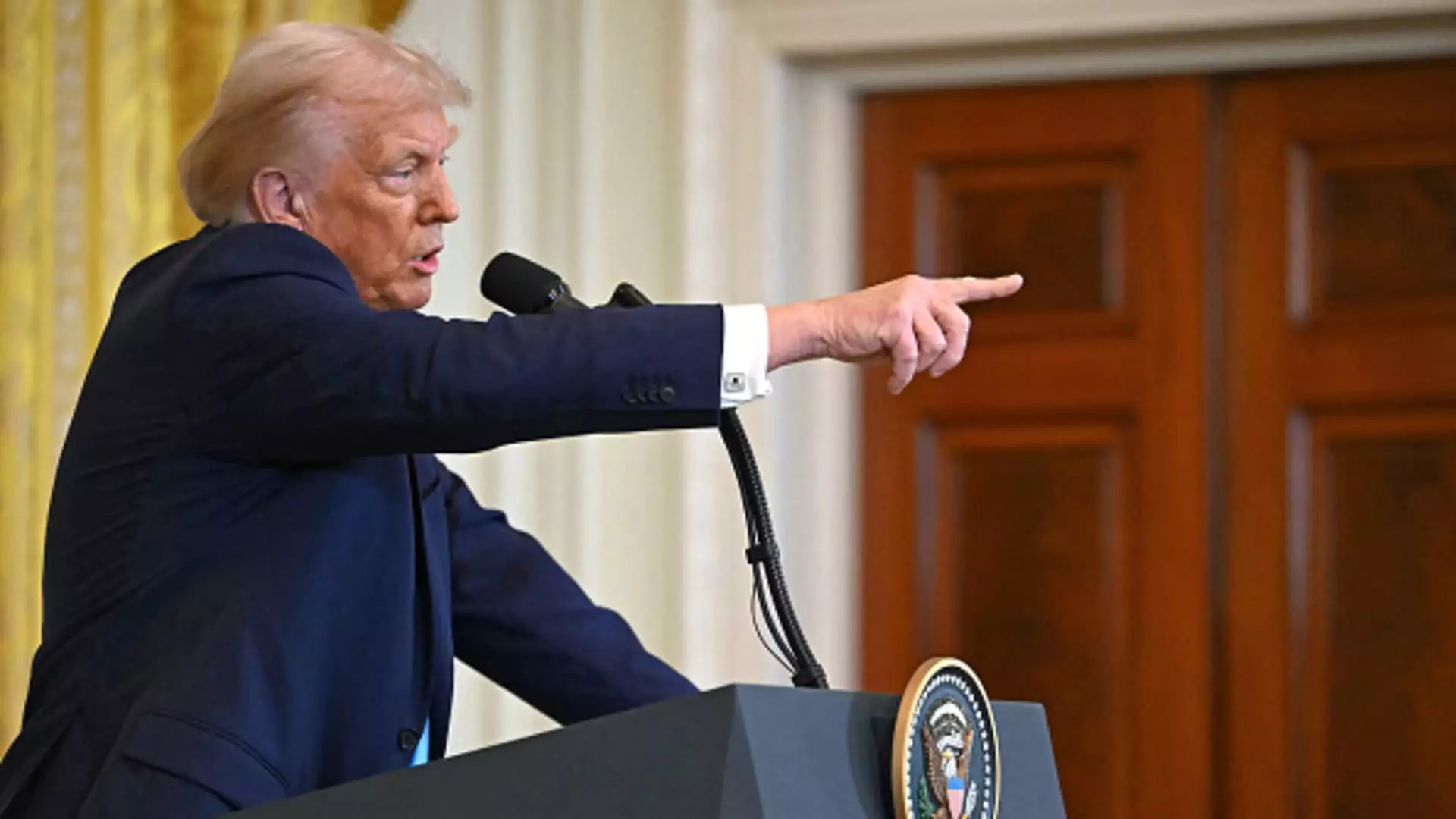In the sphere of finance and taxation, the “carried interest loophole” has sparked considerable debate among lawmakers, economists, and industry professionals. This loophole allows private equity and hedge fund managers to benefit from a tax structure that treats a significant portion of their income, referred to as “carried interest,” at more favorable long-term capital gains rates rather than the higher ordinary income rates. Specifically, once an investment is held for over three years, the tax on such income is reduced to 20%, plus an additional 3.8% for the net investment income tax. In stark contrast, regular income can be taxed as high as 37% for top earners. This disparity raises important questions about equity in the tax system and the implications for revenue generation.
Recently, President Donald Trump convened with Republican lawmakers to spotlight his tax agenda, reigniting discussions around the potential reform of this loophole. Despite bipartisan support for closing the loophole, persistent resistance from industry lobbyists has stalled major legislative changes. The American Investment Council, which represents private equity interests, argues that the current tax structure supports jobs and economic growth. This sentiment reflects a broader narrative within the Republican Party that prioritizes tax incentives aimed at boosting investment and safeguarding employment for small businesses and local economies.
Efforts to amend the carried interest taxation framework have surfaced several times, yet often met with obstacles. During his initial tenure, Trump declared intentions to eliminate the preference for carried interest altogether; however, tangible results have been limited. The Tax Cuts and Jobs Act of 2017 incrementally addressed the issue, extending the holding period for capital gains treatment from one year to three. A more ambitious proposal surfaced during the Inflation Reduction Act discussions in 2022 but was ultimately scrapped in light of fierce industry opposition amid a divided Senate. This constant push and pull reflects the complexity of tax reform within a landscape dominated by competing interests.
As Republicans continue to grapple with budgetary priorities, the carried interest loophole surfaces not only as a financial concern but also as a political one. Some lawmakers view the potential elimination of the loophole as a means to finance broader tax reforms without exacerbating the national deficit. However, experts caution that the anticipated revenue from closing this loophole is relatively modest when juxtaposed with the larger financial needs facing the government, particularly in the context of renewing expiring tax incentives. Steve Rosenthal, a tax expert, points out that while there is widespread acknowledgment of the inequity inherent in the carried interest system, actual reform remains elusive.
The discussion surrounding the carried interest loophole exemplifies the broader challenges in achieving tax reform. While it garners support across the aisle, industry pushback remains a formidable barrier. As legislators face pressing fiscal demands, the path toward an equitable tax framework necessitates a careful balancing act between ensuring adequate revenue streams and preserving economic growth incentives. The future of tax policy in the United States may depend on the ability of lawmakers to navigate these competing priorities with foresight and resolve.

